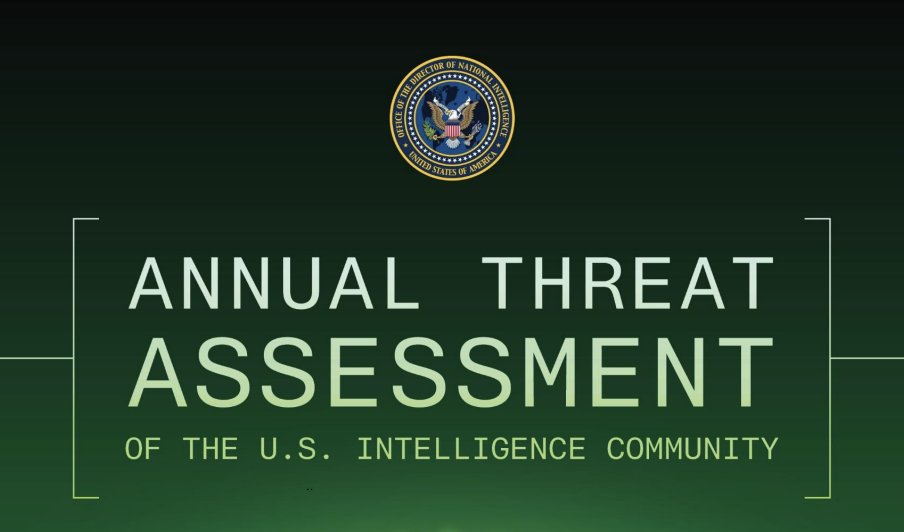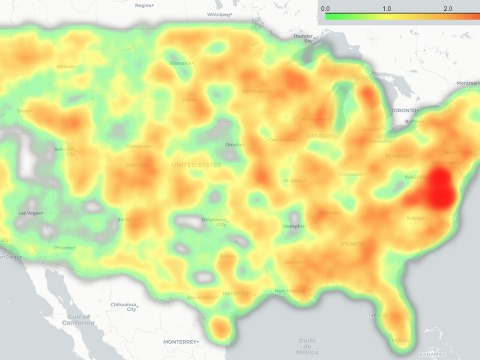Annual Assessment Lists Primary Threats to U.S. National Security
The 2025 Annual Threat Assessment (ATA), published March 2025 by the Office of the Director of National Intelligence, provides an overview of the primary threats to U.S. national security, with a focus on non-state actors, which include transnational criminal organizations and terrorist groups, and major state actors, which include China, Russia, Iran and North Korea.
According to the report, non-state actors directly threatening U.S. citizens include cartels, which are responsible for more than 52,000 U.S. deaths from synthetic opioids in the 12 months ending in October 2024.
The top transnational criminal organizations (TCO) on the list are the Mexico-based Sinaloa Cartel and the New Generation Jalisco Cartel, which remain the dominant producers and suppliers of illicit drugs in the United States.
Transnational Islamic extremists, ISIS’s most aggressive branches, including ISIS-Khorasan (ISIS-K), are also on the list. The report declares that ISIS-K and its plotters will continue to seek to attack the United States via online outreach and propaganda aimed at inspiring attacks.
Other transnational criminals include profit-motivated criminals that use intimidation and enable technologies to expand their illegal activities. These TCOs “are defrauding U.S. citizens, businesses and government programs, while laundering billions of dollars of illicit proceeds through U.S. and international financial institutions.”
Cyber criminals, who consistently target health care systems and municipal governments, are also on the list.
China remains as the major state actor most capable of threatening the United States, “though it is also more cautious than Russia, Iran and North Korea about risking its economic and diplomatic image in the world by being too aggressive and disruptive.”
China is expected to escalate coercive actions against Taiwan by 2025, and the assessment also highlights China’s ambition to surpass U.S. advancements in artificial intelligence by 2030.
Another major state actor, Russia, has gained significant leverage in the Ukraine conflict, despite substantial losses. The report warns of the risks posed by the ongoing war, including unintended escalation between Russia and NATO and the use of nuclear weapons.
Iran continues to advance its nuclear capabilities, reducing the time needed to produce missile material for a nuclear weapon, and continues to use proxy groups throughout the Middle East to extend its influence, destabilizing regional governments and threatening U.S. allies, the assessment states.
Iran’s collaboration with nations such as Russia and China has deepened, involving economic partnerships and coordinated political strategies. The report emphasizes Iran’s multifaceted approach in challenging U.S. interests through nuclear advancements, cyber operations and strategic partnerships.
The final major state actor in the assessment, North Korea, continues to target U.S. economic interests, critical infrastructure and advanced commercial capabilities for extortion, coercion and financial gain, the report states.
North Korea’s advancements in nuclear and missile technology, cyber operations and military actions represent a multifaceted threat to U.S. national security and regional stability.



Comments